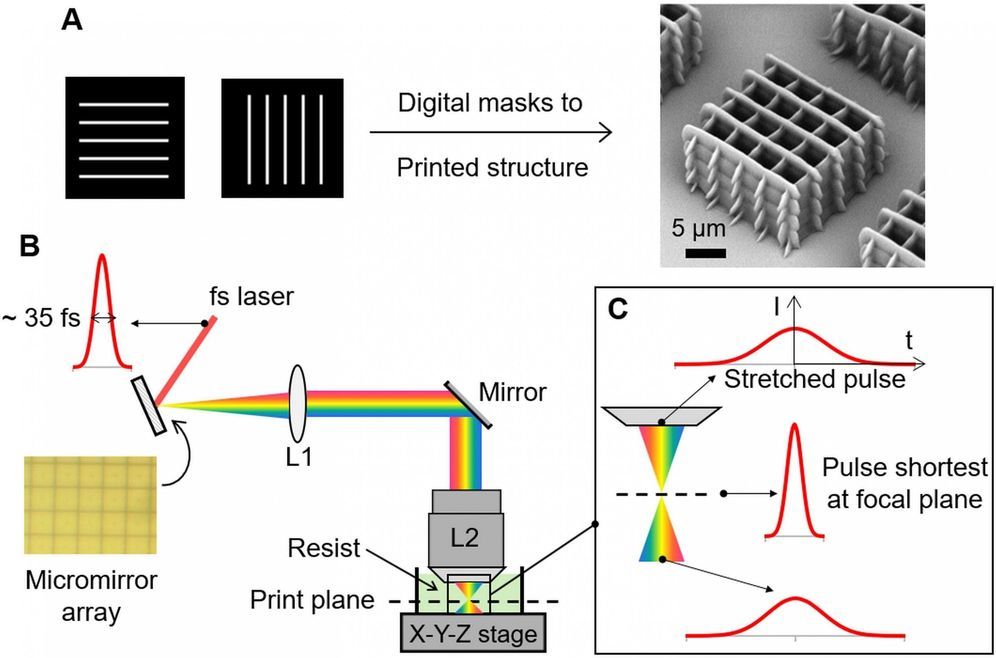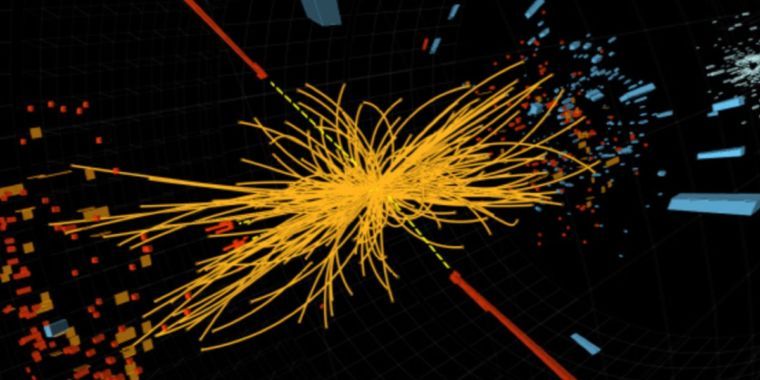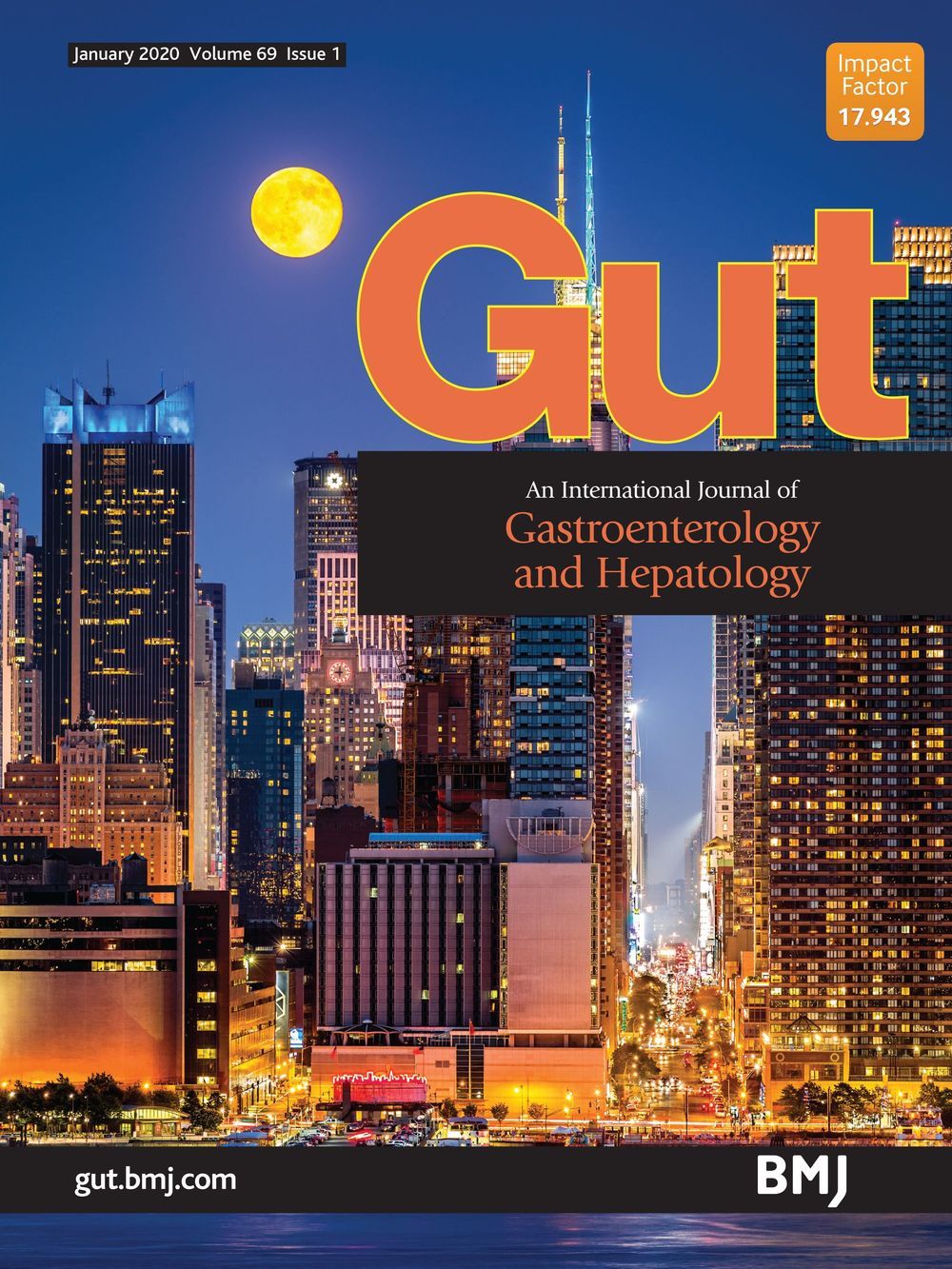With two new satellites sent into space, China’s Beidou navigation system is one step closer to full deployment.
Get the latest international news and world events from around the world.

New technique increases 3D printing speed by 1,000 to 10,000 times
Any comments?
Ultraprecise 3D printing technology is a key enabler for manufacturing precision biomedical and photonic devices. However, the existing printing technology is limited by its low efficiency and high cost. Professor Shih-Chi Chen and his team from the Department of Mechanical and Automation Engineering, The Chinese University of Hong Kong (CUHK), collaborated with the Lawrence Livermore National Laboratory to develop the Femtosecond Projection Two-photon Lithography (FP-TPL) printing technology.
By controlling the laser spectrum via temporal focusing, the laser 3D printing process is performed in a parallel layer-by-layer fashion instead of point-by-point writing. This new technique substantially increases the printing speed by 1,000—10,000 times, and reduces the cost by 98 percent. The achievement has recently been published in Science, affirming its technological breakthrough that leads nanoscale 3D printing into a new era.
The conventional nanoscale 3D printing technology, i.e., two-photon polymerization (TPP), operates in a point-by-point scanning fashion. As such, even a centimeter-sized object can take several days to weeks to fabricate (build rate ~ 0.1 mm3/hour). The process is time-consuming and expensive, which prevents practical and industrial applications. To increase speed, the resolution of the finished product is often sacrificed. Professor Chen and his team have overcome the challenging problem by exploiting the concept of temporal focusing, where a programmable femtosecond light sheet is formed at the focal plane for parallel nanowriting; this is equivalent to simultaneously projecting millions of laser foci at the focal plane, replacing the traditional method of focusing and scanning laser at one point only. In other words, the FP-TPL technology can fabricate a whole plane within the time that the point-scanning system fabricates a point.

New Tests Use Epigenetics to Guess How Fast You’re Aging
From the beginning of time, humankind has searched for the secret to a long life. Now science may have found an answer, in the form of molecular augury. The pattern of chemical chains that attach to the DNA in your cells—on-off switches known as epigenetic markers—can reveal how swiftly you are aging, and perhaps even how much longer you will live. While genetic testing might tell you where you came from, epigenetics promises a glimpse into the future. Now, a handful of companies are offering commercial blood or saliva tests based on the science of epigenetics—a chance to find out how old you truly are.
Companies claim they can now easily calculate your biological age. Should you take them up on it?

Why Haven’t Hydrogen Vehicles Taken Over the World Yet?
What ever happened to hydrogen cars?
Via Seeker

IBM Research Created a New Battery That Outperforms Lithium-Ion—No Problematic Heavy Metals Required
With everything from cars, to trucks, to even airplanes going electric, the demand for batteries is going to continue to skyrocket in the coming years—but the availability of the materials currently used to make them is limited. So scientists at IBM Research have developed a new battery whose unique ingredients can be extracted from seawater instead of mining.

Cops Can Now Get Warrants for Entire DNA Websites
To that end, Fields decided to ask a Florida judge to grant him a warrant that would override the new policy, allowing him to search GEDmatch’s entire database, including users who hadn’t opted in — and Judge Patricia Strowbridge did just that, the detective announced at a recent police convention, according to the NYT.
Legal experts told the NYT that this appears to be the first time a judge has approved a DNA website warrant this broad, with New York University law professor Erin Murphy calling it “a huge game-changer.”
“The company made a decision to keep law enforcement out, and that’s been overridden by a court,” Murphy told the newspaper. “It’s a signal that no genetic information can be safe.”

Gut microbiota shape ‘inflamm-ageing’ cytokines and account for age-dependent decline in DNA damage repair
Objective Failing to properly repair damaged DNA drives the ageing process. Furthermore, age-related inflammation contributes to the manifestation of ageing. Recently, we demonstrated that the efficiency of repair of diethylnitrosamine (DEN)-induced double-strand breaks (DSBs) rapidly declines with age. We therefore hypothesised that with age, the decline in DNA damage repair stems from age-related inflammation.
Design We used DEN-induced DNA damage in mouse livers and compared the efficiency of their resolution in different ages and following various permutations aimed at manipulating the liver age-related inflammation.
Results We found that age-related deregulation of innate immunity was linked to altered gut microbiota. Consequently, antibiotic treatment, MyD88 ablation or germ-free mice had reduced cytokine expression and improved DSBs rejoining in 6-month-old mice. In contrast, feeding young mice with a high-fat diet enhanced inflammation and facilitated the decline in DSBs repair. This latter effect was reversed by antibiotic treatment. Kupffer cell replenishment or their inactivation with gadolinium chloride reduced proinflammatory cytokine expression and reversed the decline in DSBs repair. The addition of proinflammatory cytokines ablated DSBs rejoining mediated by macrophage-derived heparin-binding epidermal growth factor-like growth factor.

Rejuvenation Roundup December 2019
Rejuvenation Roundup November 2019
Quite a number of readily understandable reviews were published this month, along with an X10 episode on epigenetic alterations; if you’re new to the biology of aging or want to introduce someone else to the topic with new material, this is a great time to start.
LEAF News
We will be returning to New York in 2020 for our third conference focused on aging research, investment, and biotech business. Judy Campisi, Aubrey de Grey, Hanadie Yousef, Steve Horvath, Andrei Gudkov, and Polina Mamoshina are among the speakers confirmed so far. Join the conference mailing list to stay informed as more details are announced.